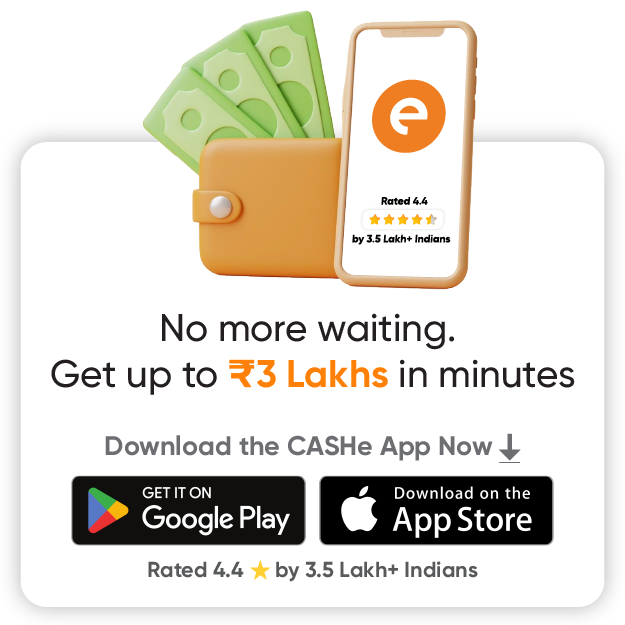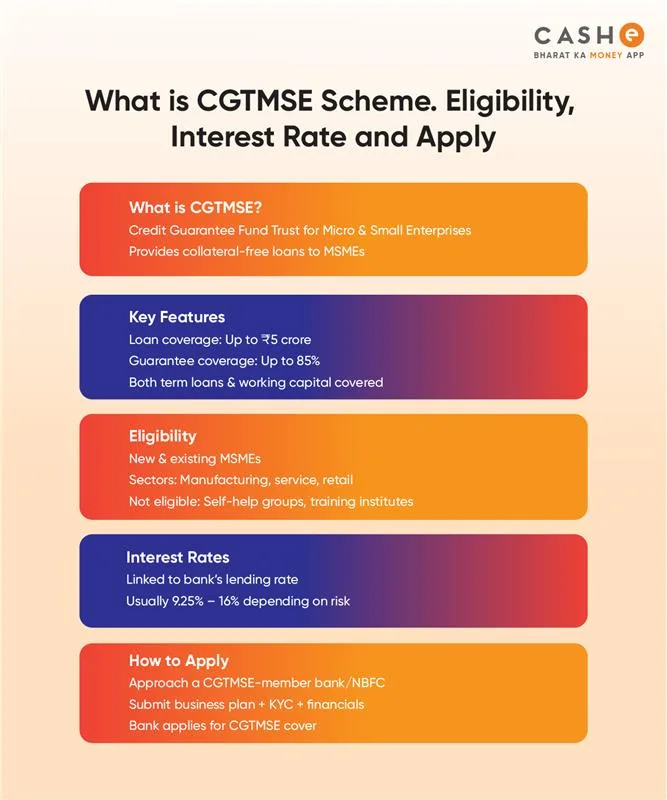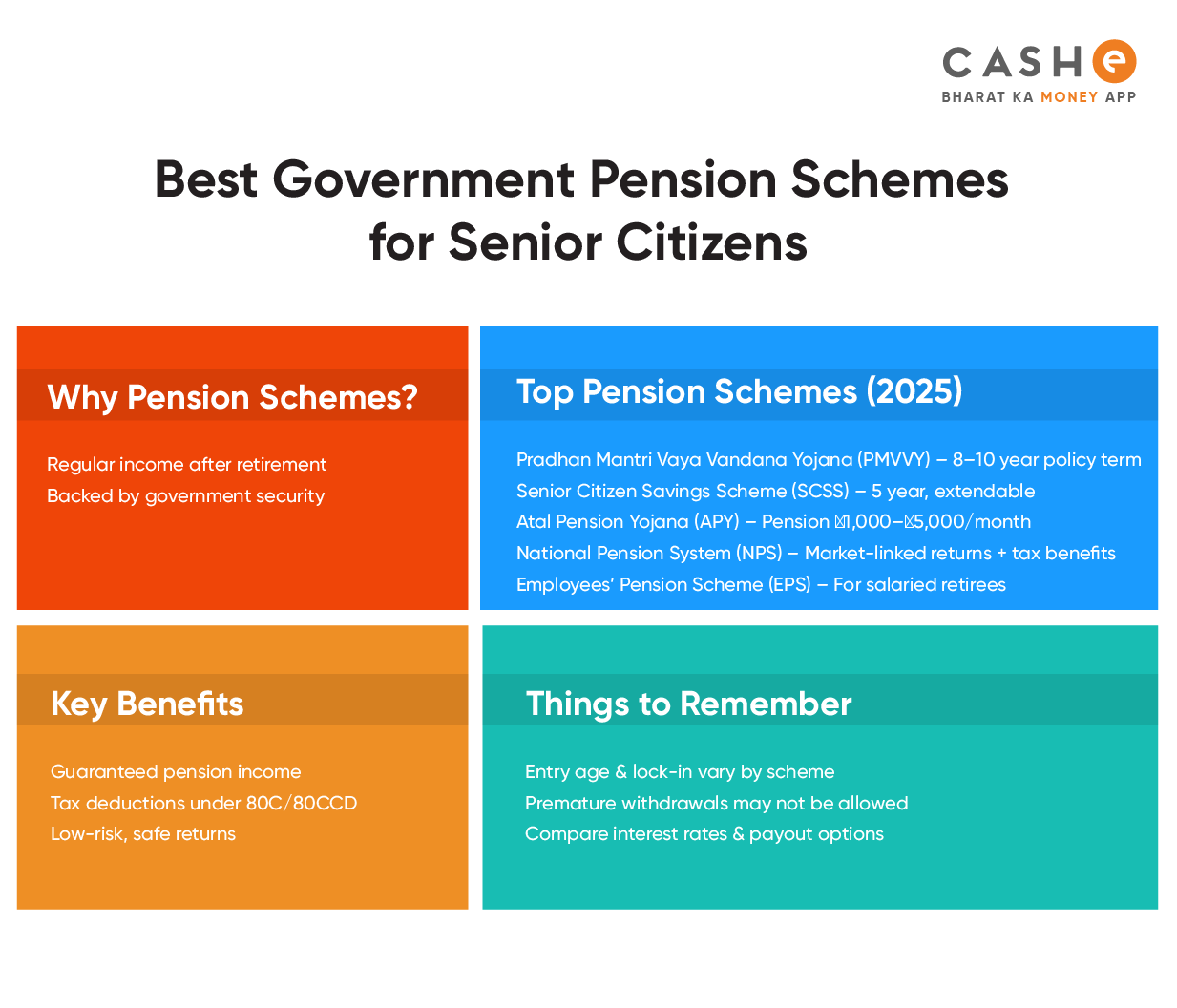Getting a personal loan through apps or websites is now quick and easy. You just need to download the app or log into websites to apply for a loan in minutes. But at the same time, many people worry about hidden charges, data misuse, or confusing terms. That’s why the Reserve Bank of India (RBI) has come up with new digital lending rules in 2025 to protect borrowers.
These latest RBI guidelines for personal loans were issued on May 8, 2025, to bring more clarity, safety, and fairness to the borrowing process. Whether you’re taking a loan from a bank or a loan app, these rules will apply. In this guide, let’s understand the new rules in detail so that you know exactly what to expect before you borrow.
What Are the 2025 Digital Lending Guidelines?
The RBI’s new guidelines for loans focus on how instant personal loans are given through digital platforms. These rules aim to make digital lending more transparent and fair:
- Show All Loan Offers: Platforms must display all matching offers and list all partner lenders.
- Fair Matching System: Platforms must use the same method to match similar borrowers with lenders, and the method must be properly documented.
- Clear Loan Details: Each offer must show the lender name, amount, tenure, APR, EMI, penalties, and a KFS (Key Facts Statement) link.
- No Biased Promotions: Platforms must not push one lender over others using tricks.
The Big Change?
It is the Key Fact Statement (KFS). This is a document that will give you all the important loan information like interest rate, EMI, fees, and more.
Who Do These Rules Apply To?
These new personal loan guidelines apply to almost everyone in the lending process, including:
- Private or public banks
- NBFCs – non-banking finance companies
- Digital lending apps
- Lending Service Providers (LSPs)
- Microfinance institutions

Key Changes for Borrowers
Here are the key changes for you from the 2025 RBI guidelines for personal loans:
- You will get a Key Fact Statement (KFS) with every detail, including loan amount, interest rate, tenure, EMI amount, fees, and total cost.
- Lenders cannot raise your loan limit or credit limit without asking you.
- The loan amount goes directly into your bank account and not through wallets or any third party.
- From processing fees to late payment penalties, all charges must be shown upfront.
Responsibilities of Lenders & Lending Platforms (LSPs)
RBI has made sure that not just borrowers, but even lenders and apps have some rules to follow.
- Lending apps and partners must be officially registered and regulated.
- Lenders need your permission to collect, store, or share your personal information.
- Every lender must have a grievance redressal system. If something goes wrong, they should solve your issue within 30 days.
- Apps must clearly mention details of the loan partners.
How Borrowers Benefit from New Rules
Here’s how borrowers can benefit from new rules:
- Full transparency
- Safer lending apps
- No hidden costs.
- Data privacy
- Fair recovery methods without harassment or threats
- Better support with a grievance redressal system
Conclusion
So, these are the new RBI guidelines for personal loans in 2025 to protect your money and save you from fraud. Whether you are applying for a loan through a bank, an NBFC, or a digital lending app, make sure to use trusted entities like CASHe.
With CASHe, you can avail easy loans of up to ₹3 lakh. You just need to download the CASHe app, apply online, and get the loan approved in minutes.











